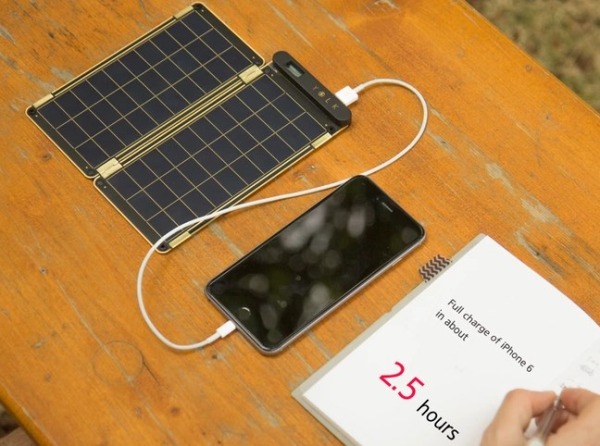Could falling foreign reserves emerge as a challenge to Saudi oil policy?
Holding a war chest of assets, Saudi Arabia calculated it could withstand lower oil prices better than its competitors, pushing high-cost producers out of the market and grabbing market share.
That strategy has been playing out as across the globe, but to reach its conclusion, the Saudis cannot blink even as it burns through foreign reserves.
Coffers are hardly depleted, but the pace of decline has been impressive. Foreign reserves were 2,537 billion riyal ($677 billion) in May, down 9% from August, according to the Saudi Arabian Monetary Agency.
The biggest monthly decline during that stretch came in March when foreign reserves plummeted 59 billion riyal.
With government revenue slashed by lower oil prices, Saudi Arabia has been forced to dip into its rainy day fund to cover budget holes.
The country’s budget deficit is forecast by the IMF to equal 20% of GDP this year, quite a turnaround from recent years of surpluses.
The impact of low oil prices on Saudi Arabia’s budget is stark. In 2015, government revenue in expected to equal 700 billion riyals, down from 1,044 billion riyals in 2014, according to Riyadh-based Jadwa Investment.
The outflow of government deposits could slow because the government is anticipated to start issuing debt as another means to finance the deficit, Tim Callen, the IMF’s mission chief to Saudi Arabia, said in June.
Regardless, deficits will remain a fact of life unless the arithmetic changes.
All of this begs the question whether the pressure of budget deficits and dwindling foreign reserves will sway official thinking behind Saudi Arabia’s oil policy.
Might patience run dry while waiting for market forces to weed out high-cost producers? If so, will the Saudis reverse course and lobby for OPEC members to lower their output target in order to prop up prices?
Such a move would come as a shock to those who interpreted the kingdom’s decision last November to hold OPEC production steady as a permanent break from its traditional role as the world’s balancer of supply and demand.
In fact, says scholar F. Gregory Gause, the Saudi decision was perfectly consistent with its guiding principle followed since the mid-1980s of cutting production only if others do the same.
“In 1986, the Saudis decided that they were done playing the patsy,” Gause said in a policy briefing for the Brookings Doha Center. “If other oil producers were not going to bear the costs of cutting production to put a floor under prices, neither were they.”
In 2014, the Saudis opted to use their financial reserves to withstand low prices and put pressure on competitors, including the North American shale producers, he said.
Now that lower oil prices have begun hurting many oil producers, and the Saudis to a lesser degree, the stage may be set for cooperation, Gause said
http://blogs.platts.com/2015/07/13/saudi-arabia-foreign-reserves-oil-prices-petrodollars/?hootPostID=92f0c6b4bf9a3885985216fe805052e3